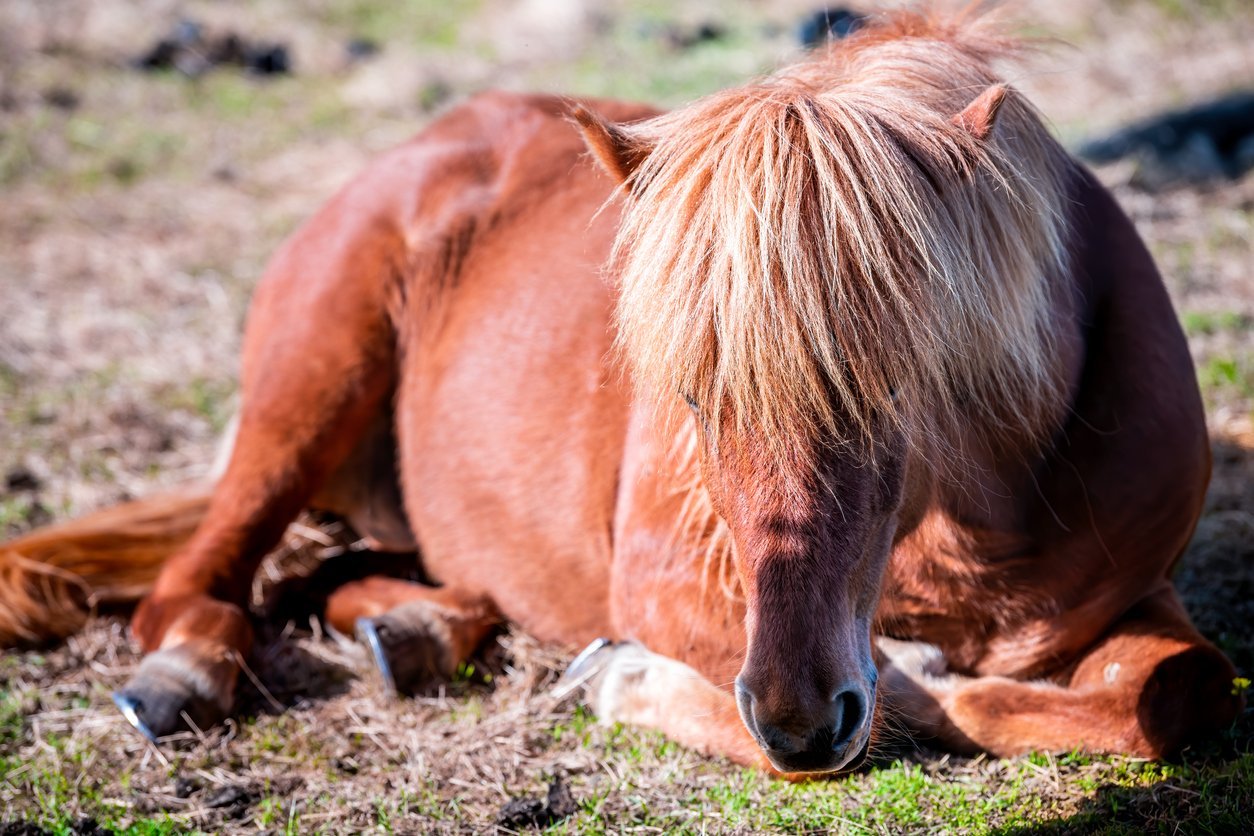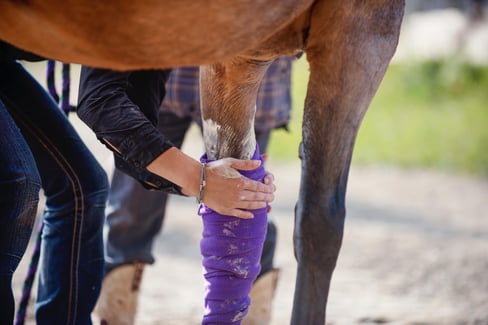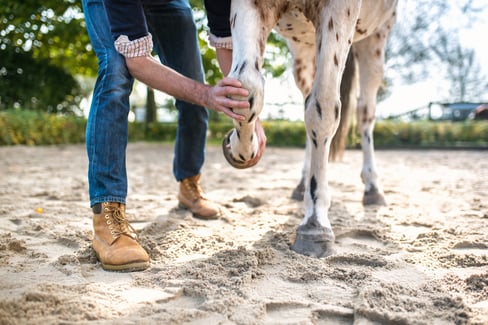Table of Contents
Raising horses isn’t easy. For example, if you only pay attention to surface-level symptoms while caring for your horses, you might miss out on deeper issues. Letting a physical problem fester will only cause long-term complications.
Strong, healthy horses should be able to move with ease. Unfortunately, many horses will run into mobility issues at some point in their lives and become unable to run or even walk normally. At its worst, lameness can even lead to death, with more than 7% of equine deaths linked to becoming lame. Associated health issues and pain may result in horses having to be euthanized for humane reasons.
Understanding your horse’s health means paying careful attention to symptoms of lameness and treating them in a timely fashion. What does lame mean for a horse? Read on to find out, how to recognize the basic symptoms of lameness, what the top equine supplements for a lame horse are, and more information to help you treat your horse so it can go back to living a happy, healthy life.
While it might be worrying to see your horse going lame, there are plenty of prevention options to ensure that your horse can avoid mobility issues and stay active, or receive the treatment it needs as quickly as possible to resolve the issue.
What Does it Mean When a Horse Goes Lame?
Lameness in horses is a broadly defined term. According to the American Association of Equine Practitioners, lameness is simply defined as a change in a horse’s gait.
Despite what common sense might lead you to believe, lameness doesn’t always manifest as obvious limping (although limping can still be a symptom). It can oftentimes look like:
- Decreased ability to walk or run
- Unwillingness to move
- Bobbing head
- Imbalanced standing
Something important to keep in mind: since the symptoms of a lame horse can be subtle, you should pay close attention to your horse’s normal gait so you can quickly notice any shifts in behaviour that might hint at your horse going lame.
For example, a sudden change in personality, from docile to hostile, might hint at underlying health problems that need to be diagnosed and treated.
Why should you be vigilant about monitoring for lameness in your horses beside the obvious impact on performance? Other than weakened limbs, a lame horse may experience other negative effects including:
- Loss of limb use
- Ongoing pain
- Paralysis
In the worst-case scenario, the severe pain stemming from lameness may lead to euthanasia. To prevent this, you should make it your responsibility to examine your horse regularly. It’s a common issue for the equine industry, to the point that 50% of United States horse operations reported having at least one lame horse during a given year. In fact, it might be one of the most expensive issues that plague horses and horse owners worldwide, which is why it deserves widespread attention and awareness.
With the definition out of the way, let’s move on to considering a few common causes of lameness.
What Could Cause a Lame Horse?
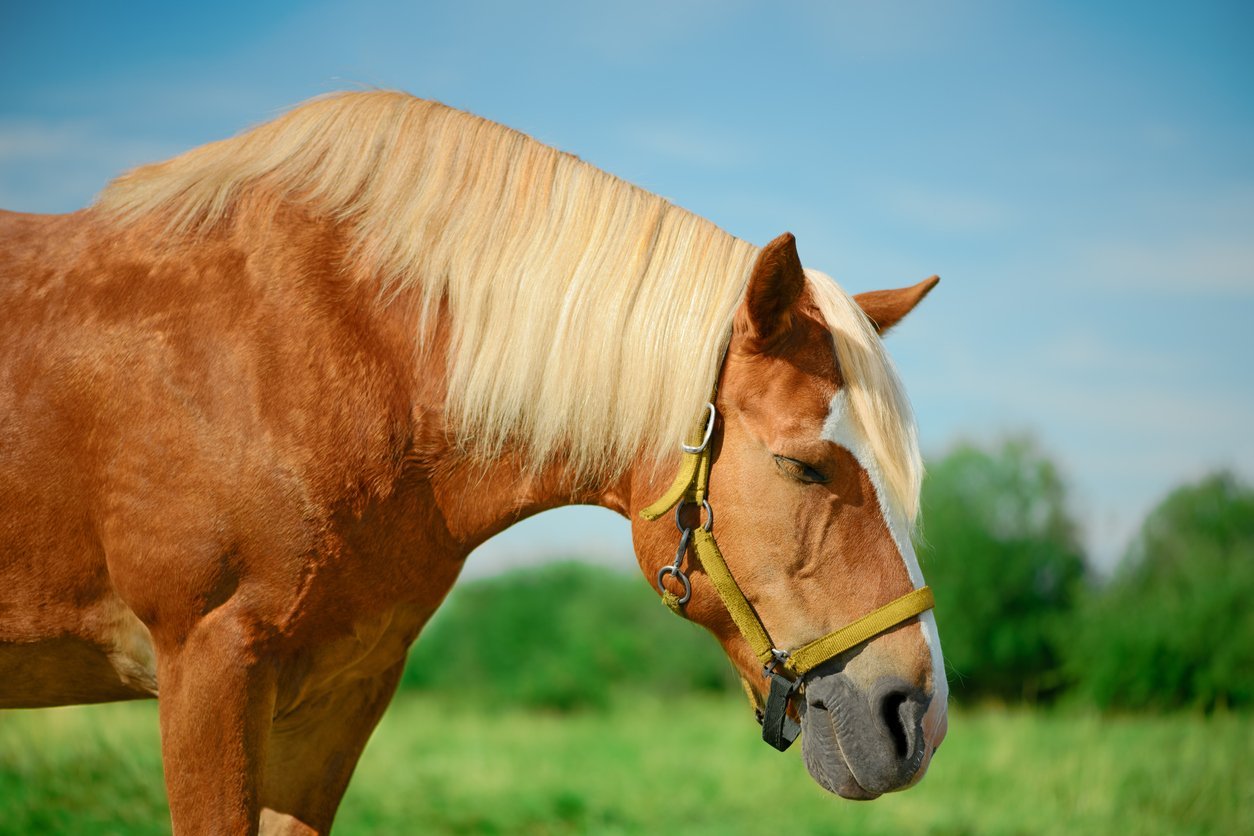
There are a variety of factors that might lead to your horse becoming lame. These may stem from inborn tendencies, injuries, or environmental factors. These might include:
- Pain from bruising, tendon or ligament issues, bone or muscle injuries, inflammation in the joint, and more. Your horse might be walking oddly to avoid experiencing further pain from pre-existing injuries. To treat this type of lameness you need to alleviate their pain to rectify their posture.
- Infections leading to loss of balance. Other than causing pain, infections such as tetanus or West Nile virus might cause a horse to lose their ability to walk normally.
- Poor nutrition. Ingesting too much or too little of certain nutrients can cause horses to experience issues such as hoof cracks, leading to lameness. Equine supplements are an effective method of preventing lameness by making sure your horse receives enough nutrition.
- Hormonal changes. Pregnancy or other hormonal changes can create certain conditions. For example, founder, also known as laminitis, is when the bone in the foot loses connection with the hoof wall. This can result in inflammation and severe pain. This is often caused by changes in a horse’s hormones. If you know your horse is going through a hormonal transformation, pay extra attention to having them inspected for lameness.
Lameness can stem from a diverse set of reasons. To make things even more complicated, it can begin in any part of the leg: the forelimb, hindlimb, or the hoof. No matter where it starts, however, it can cause plenty of issues down the line if left untreated.
Without an expert examiner on hand, certain types of lameness may be difficult to diagnose or even recognize. You might need to employ radiographs and ultrasounds to identify deep-seated issues in the bone or muscle.
That’s not to say that physical exams are not a valid way to recognize lameness. For surface wounds, the external examination might be sufficient to locate and treat the problem. This is why you should schedule regular check-ups for your horses to determine issues that might degenerate into long-term problems.
You should also be aware of if your horse is at higher risk for lameness due to factors such as weather, temperature, or age. In a study conducted on lame horses, the average age of these horses was found to be 11.5 years, pointing toward a correlation between older horses and a higher likelihood of lameness. If you know that your horse is more likely to become lame due to its natural disposition, it’s definitely worth keeping a close eye on its health over the long term.
Common Symptoms of a Lame Horse
Depending on your situation, there’s a possibility that you’ll have to seek out immediate treatment, perhaps as drastic as surgery. That’s why you’ll need to keep an eye out for the main symptoms of a lame horse so you can give them treatment as quickly as possible.
- Reluctance to move. Unwillingness to move signifies pain in a limb, which is a common cause of lameness.
- Inconsistent leg reach when moving. For example, if your horse’s hind leg doesn’t move as far forward as the other you might be dealing with a lame horse with an uneven gait.
- Asymmetry in the legs or hips. Is one side of your horse’s body sagging or rising? A shift in how they distribute their body weight is likely a sign of lameness.
- Altered behaviour. Has your horse grown newly aggressive or anxious? That might be due to disease or infection, and could be cause for a physical examination to determine the root of the problem.
- Resistance to putting weight on a particular leg. Not wanting to put weight on a specific leg is usually a tell that there’s something wrong with it.
Once again, you can’t always tell if a horse is lame simply by looking at it. For example, horses with back problems are 74% likely to be lame, but you can’t always tell that there’s a back problem just by looking at your horse from the outside. All the same, it’s important to be attentive to their physical activity.
If a horse is resisting movement when it didn’t beforehand, don’t force the horse to be active. Unwillingness to move is how your lame horse tells you that something is wrong, and it’s time to take them to an examiner.
Treatment Options for a Lame Horse
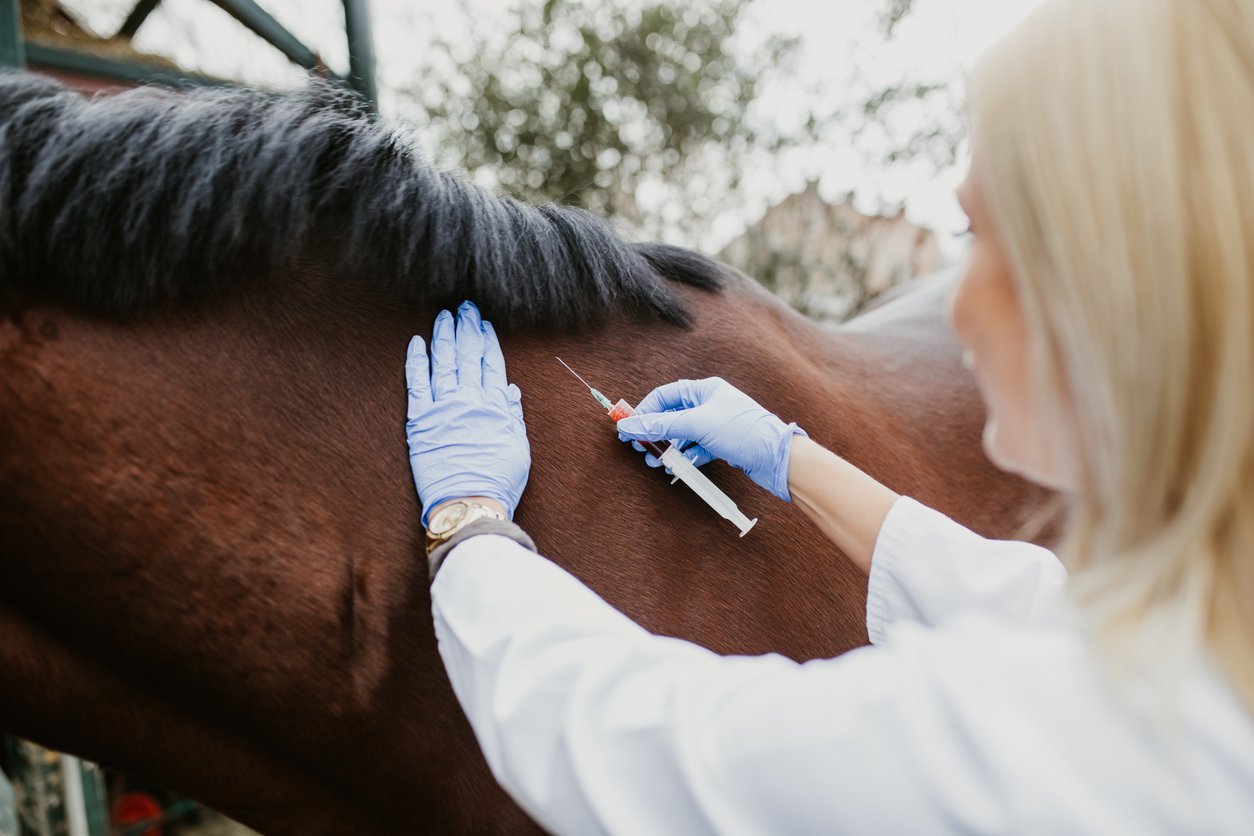
While lameness is a massive problem for any horse owner, there are treatment options for lame horse that can help them recover safely. Check out the table below to see what treatment options might correspond to which types of ailments.
| Ailment | Treatment Options |
| Chronic or temporary pain | Pain relievers to manage pain and improve performance Join supplement, acupuncture, massages, and other alleviation treatments |
| Inflammation | Joint supplement, steroids and other injections to reduce inflammation and pain |
| Joint issues | Joint supplement, arthroscopic surgery, where the joint is repaired through tiny incisions |
With the invasiveness of some of these treatment options, you may be wondering if there’s a way you can prevent equine lameness in the first place. The best method of preventing a lame horse is to provide sufficient nutrition.
However, getting the right nutrients through diet alone can be a challenge. If you don’t want to spend too much time worrying about balancing the perfect meal for your horses, equine supplements might be worth checking out.
What is an Equine Supplement?
An equine supplement is anything that your horse is fed other than its natural diet of forage. This might include additional vitamins, minerals, and more.
Horses require a few main types of nutrition to survive. If they’re missing any of the following, they will experience detrimental effects on their health.
| Nutrition | Function |
| Water | Nourishing joints, mucous membranes, increased capillary refill time |
| Energy (from fat/carbohydrates) | Maintaining regular weight and physical performance, improving milk production and growth rate (Too much energy can result in increased sweat loss, inability to exercise, and the risk of disease) |
| Protein | Muscle development during exercise or growth, maintaining weight, milk production, and performance (Too much protein can result in unbalanced water intake and urination, dehydration, and electrolyte imbalance) |
| Vitamins | Improved vision, calcium absorbance, cell and muscle function, skeletal integrity, performance |
| Minerals | Body structure maintenance, electrolyte balance in cells, regular muscle contraction, nerve reaction time |
Depending on your horse’s diet, they might not be receiving enough of the main nutrients mentioned above. While most horses can receive sufficient water and energy through diet alone, vitamins and minerals might need to be replenished through supplements, especially if your horse is undergoing stress or particularly strenuous exercise.
When considering potential stress factors, you have to be thorough and think from your horse’s perspective. Here are a few common factors that could lead to horses needing supplements:
- Travelling or transportation. On the road for a show or just to move? You might want to make sure your horse isn’t experiencing undue stress due to the unfamiliar location and changes to its routine. To maintain a sense of normalcy, make sure you are feeding them at the same time and keeping to a schedule as much as possible even while on the road.
- Housing conditions. Inconsistent quality or quantity of time spent in the stall and field might lead to stress conditions for the same reason as travelling: lack of routine. You want your horses to stay entertained without being overwhelmed, as lack of stimulation may cause them to become bored and restless while too much noise or seeing new sights can lead to fatigue.
- Exercise levels. Implementing a new rigorous training schedule for your horse? Be aware that your horse might experience higher levels of stress due to increased movement. They might also experience stress if their schedule goes through a sudden shift due to competition season, or if something about their exercise routine changes (for example, a different rider or setting). On the other hand, you want to make sure that your horses get a baseline level of exercise because they are more likely to be stressed if left sedentary for too long.
- Diet changes. Maintaining a well-balanced diet and regular feeding schedule is essential for your horse’s health. Ideally, horses should be fed regular small meals throughout the day with essential nutrients. Changes in diet regularity will most likely lead to stress responses, which might cause health problems.
Consistent feeding, exercise, and treatment will help alleviate stress and serve as a preventative measure against potential health issues, including lameness. Prevention is better than treatment. With that in mind, what are the top equine supplements to prevent lameness in horses?
Top Equine Supplements for a Lame Horse
Looking into equine supplements but don’t know where to start? Below are some of the top equine supplements on the market in no particular order to make sure your horse is staying healthy and happy.
1. Integricare’s TRI-ACTA H.A.
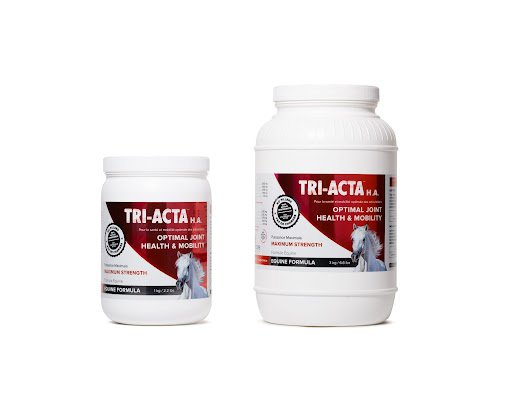
Ingredients: Glucosamine, Methylsulfonylmethane, Chondroitin Sulfate, Hyaluronic Acid, all active ingredients with no filler.
Function: Treats age-related soreness, osteoarthritis, hip dysplasia, pain and immobility, post-surgery recovery, injury recovery. It can do this through accelerating cartilage formation, improving mobility, enhancing joint protection through improved joint fluid viscosity, and eliminating inflammation.
Price: $129.99/1000 grams
Dosage: Sprinkle the desired amount directly onto food.
As you can probably tell from this list, different supplements will work for different types of health issues when it comes to protecting the wellbeing of your horse. The best approach is to do your research and find what type of supplements would benefit them the most.
2. Probios Equine Probiotic Soft Chew Horse Supplement
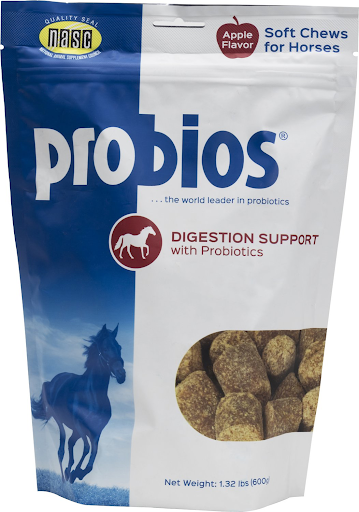
Ingredients: Oats, barley, wheat, soybean, corn starch, with crude fat, protein and fibre to supplement your horse’s diet
Function: Intended for supplemental feeding during travelling or showing. Supports internal bacterial balance in your horse’s digestive system and maintains a healthy appetite. Provides support for proper body maintenance especially during adverse conditions.
Price: $46.60/240 count/capsules. As of October 2021.
Dosage: Add one/two tablets each day during feeding.
Probios Equine Supplements pack a healthy punch and have enough nutrition to help a lame horse recover quickly from mobility issues. They are a great supplement to a horse’s diet, especially when your horse might need support in improving health.
3. Buckeye Nutrition Ultimate Finish 25
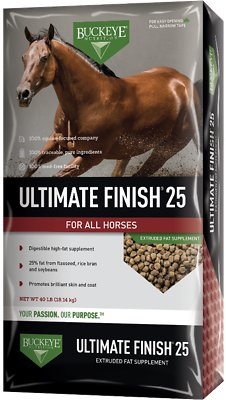
Ingredients: Blended vegetable oils (rice bran, flaxseed, soybeans). Fortified with vitamins, minerals, and fatty acids.
Function: 25% fat supplement to increase calories. Contains immune-boosting antioxidants, improves body condition for competition, fatty acids reduce inflammation and support immune function.
Price: $33.49/40 lb bag. (September 19, 2021)
Dosage: Add one/two tablets per serving.
Buckeye Nutrition Ultimate Finish 25 is great for horses that need to gain weight, compete, reproduce, or go on shows. It provides conditioning that will help your horses look and feel their best so they can perform well when it’s needed.
Frequently Asked Questions
What does it mean when a horse goes lame?
Lameness is defined as a change in a horse’s gait. Your horse might demonstrate an unwillingness or inability to walk. Sometimes lameness is not accompanied by obvious physical symptoms and must be diagnosed by a vet.
A lame horse can be the result of many factors, ranging from poor nutrition to inflammation to infections. There are thousands of potential reasons for your horse going lame, which means that there are just as many treatment options for their lameness.
If left untreated, a lame horse might have to go through surgery, experience chronic pain, become paralyzed, or even have to be euthanized due to a variety of factors. Because of this, it’s important to keep an eye out for troublesome symptoms that could point toward lameness, so you can catch it early and prepare your horse for the proper treatment.
How can you tell if a horse is lame?
Occasionally a lame horse will not exhibit any abnormal symptoms, so you can only tell that a horse has gone lame through professional examination. Oftentimes, however, you’ll be able to diagnose horse lameness through the following symptoms:
- Unwillingness to move
- Inability to walk or run sustainably
- Bobbing head
- Unbalanced stance
- Inconsistent leg reach
- Leg or hip asymmetry
- Altered behaviour or personality
- Resistance to putting weight on a specific leg
You’ll need to pay close attention to how a horse moves normally so you will know when there’s a problem.
Even if their gait has not changed noticeably, it’s important to keep an eye out for horses with other health problems that might affect their legs. For example, back problems and neck problems could lead to lameness as well.
What are the best treatment options for a lame horse?
Different health issues demand different solutions. If your horse is experiencing chronic or temporary pain, inflammation, or joint injuries, consider an equine joint supplement such as TRI-ACTA H.A.Equine joint supplement in conjunction with massage, pain meds, injections, steroids, and surgery.
Whether it’s maintaining leisure horse vitality or making sure that a sports horse can perform at peak state, equine supplements such as those provided by Integricare can improve joint function, accelerate cartilage formation, supplement body function, help heal from inflammation, and more.
Nutrition is a huge step in preventing injury or disease, so be sure to guarantee that your horse has everything it needs to perform at its best through both feeding and nutritional supplements.
Final Thoughts
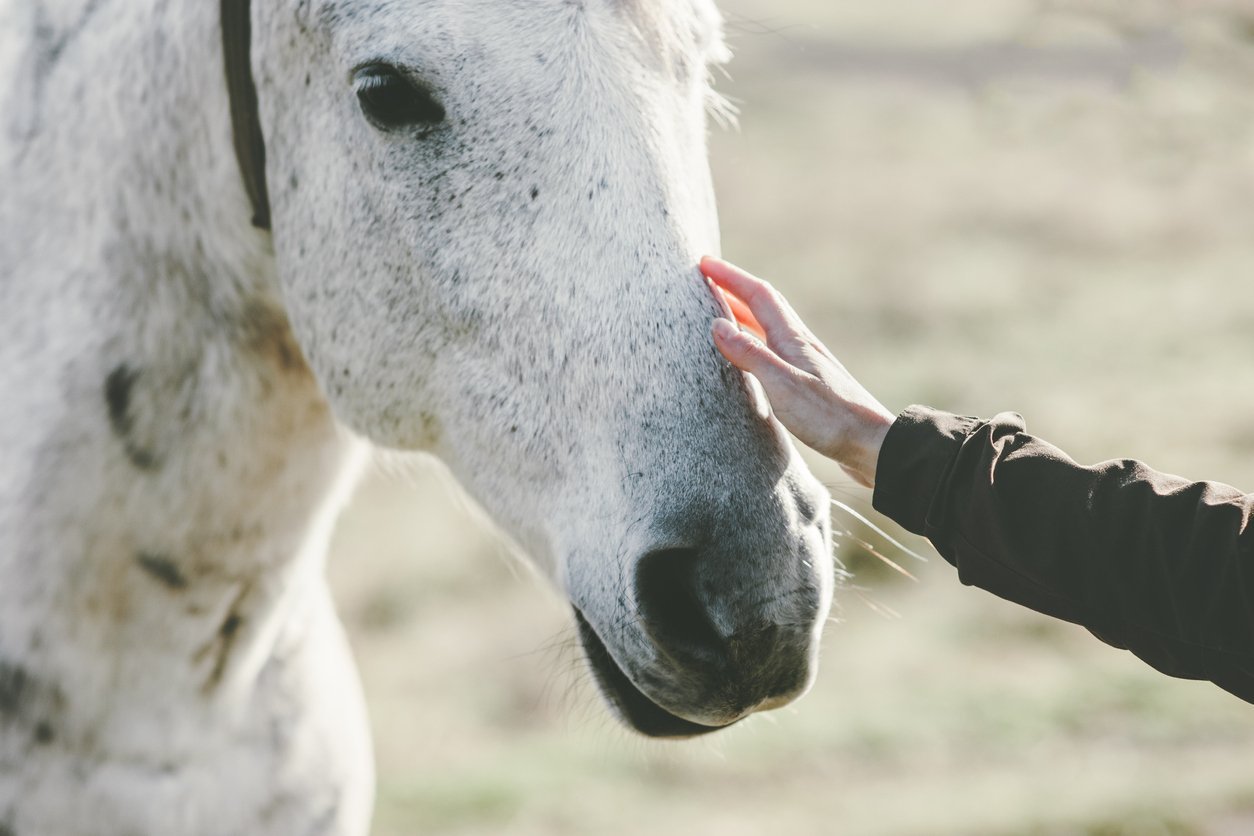
Keeping your horse in great health and preventing lameness isn’t as intimidating as it sounds. Thankfully, a lame horse usually just means you need to find the right treatment method for the issue.
Make sure you are getting regular check-ups, and be proactive when it comes to providing your horse with the nutrition it needs.
Supplement brands such as Integricare are a sustainable option for maintaining your horse’s joint health, especially during periods of intense training. Understanding the risk of health issues can help you be a responsible owner and prevent problems before they become debilitating in the long run.
TRI-ACTA for Equine
Providing preventative support for younger horses and helping mitigate the early onset of joint degeneration and other mobility issues.
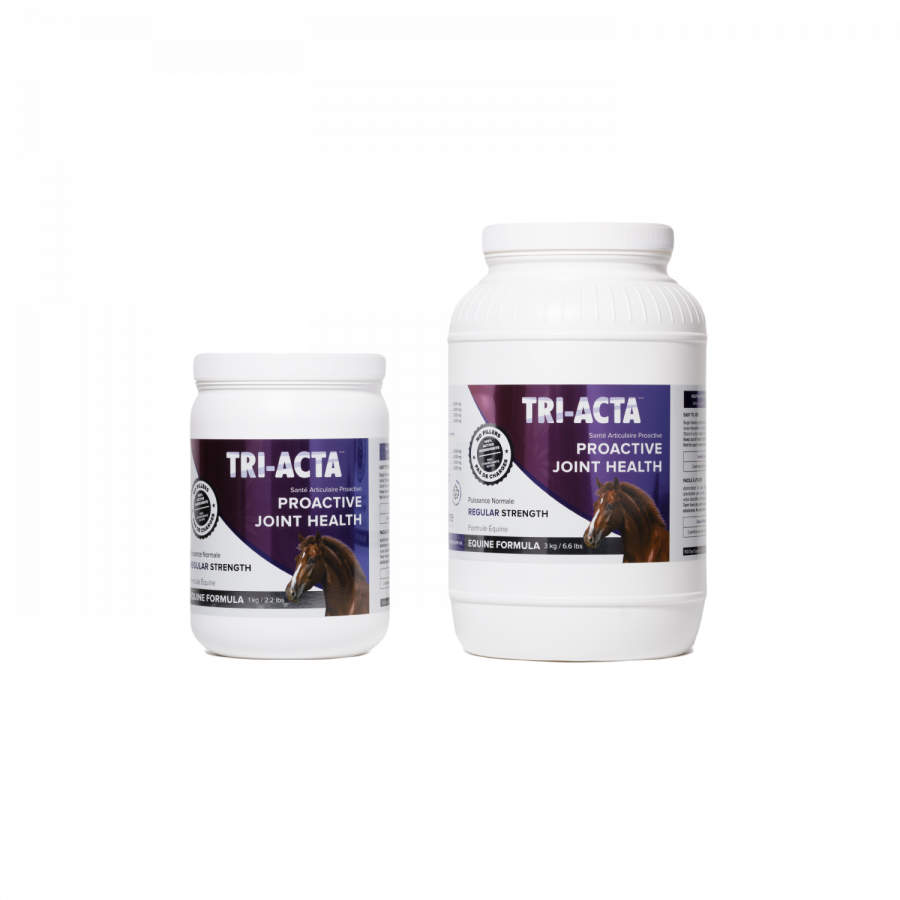
Newsletter Signup
Subscribe to our newsletter to receive the latest news and exclusive offers.
.jpg?height=2000&name=Cliick_Integricare-DISPLAY-REVISEDV2%20(1).jpg)
Proactive & Therapeutic Joint Supplements
When given daily, Integricare joint supplements recover bone and joint injuries faster and help prevent mobility injuries from happening in the first place.

